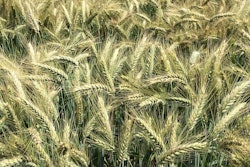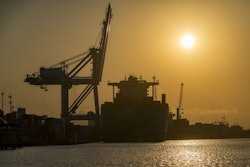
This time, I have decided to blog about transportation, not directly about the poultry or feed industries in Latin America. Nowadays, world transportation is being rocked by different conflicts and natural disasters, amid the slow recovery of the world economy, for example, two rail bridges in Texas have been disrupted because of migration issues. All of this impacts the availability of feed grains everywhere to feed poultry.
The low water levels in the Panama Canal have caused huge lines of vessels waiting to cross between the Atlantic and the Pacific Oceans. The U.S. Grains Council (USGC) reports that “booking slots and vessel transits through it will continue to be limited for the next few months” and that “dry bulk vessel transits have dropped about 60% in the last two months.” This has pushed lines to either wait for days or go the other way around through the Suez Canal or the Cape of Good Hope, on the southernmost tip of Africa, a trip that extends deliveries for many days. Even Latin American shipments are routing via the Strait of Magellan. In addition, the conflict in Gaza seems to be affecting vessel circulation through the Suez Canal into the Red Sea. So, options are narrowing.
Back in 1907, during the dictatorship of Porfirio Díaz in Mexico, the Interoceanic Corridor was inaugurated in the Tehuantepec Isthmus, the narrowest part of the country. For years, it transported large volumes of merchandise from the Pacific to the U.S. East coast. But then the Panama Canal came onto the scene in 1914, and the corridor declined.
More than a century later, the train is back on track, connecting the Mexican East (Gulf) coast with the Pacific coast. The project includes rail yards, roads, access railroads, ports and whatever is needed for domestic and international trade. As far as I understand, it already transports goods and in a few days it will also transport passengers. It is a 1,096-km line connecting both oceans.
I suppose grains could be transported via containers, avoiding going south. Yes, it would mean an extra step – unloading a vessel, loading a train and loading a vessel again, but the process might be quicker and cheaper than the present options. I might be wrong, but given the circumstances, it seems to be a good alternative and a great opportunity to boost world trade and Mexico itself.
What do you think?


















